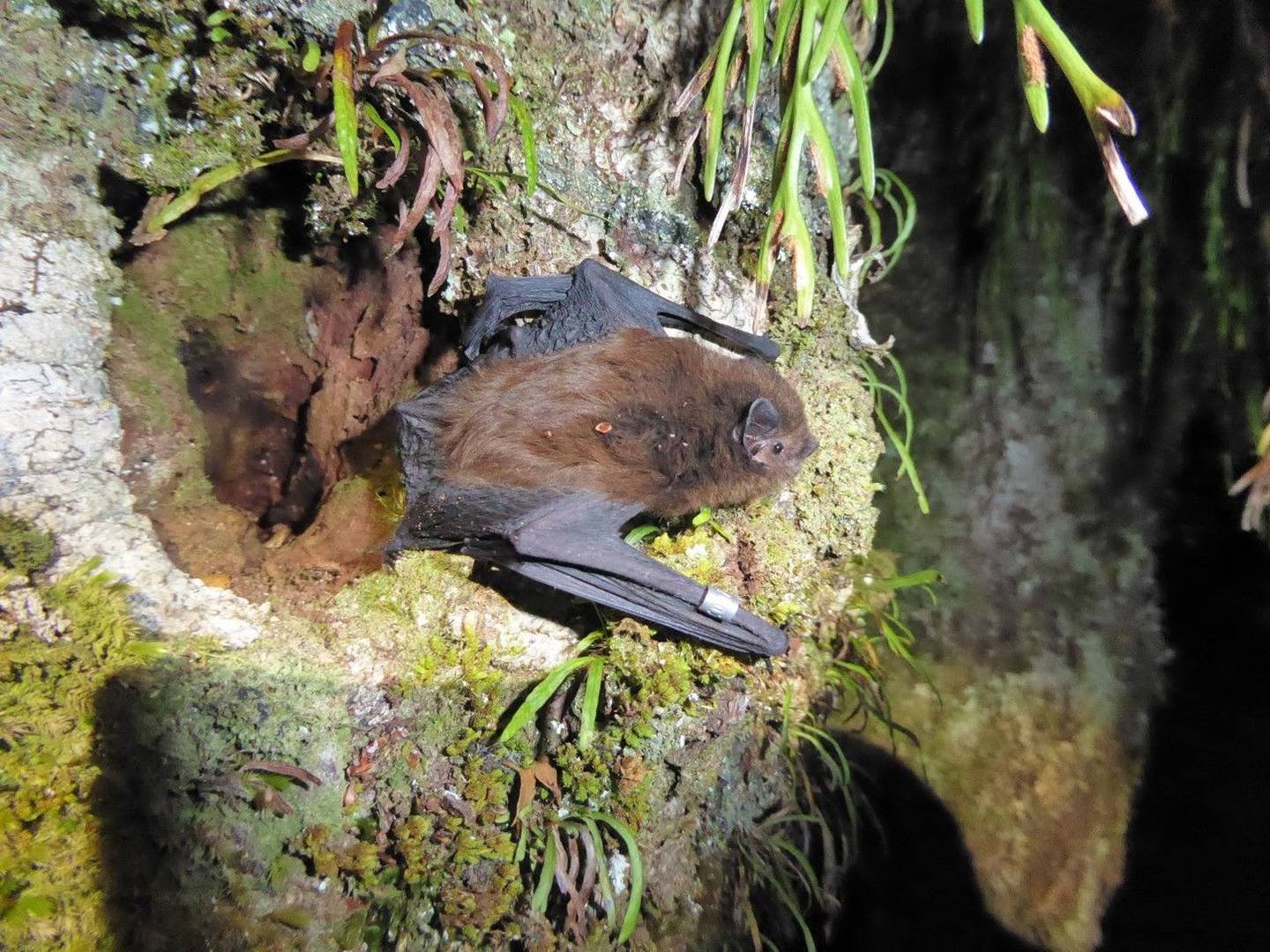Pekapeka in the eDNA
The country seems to have gone a bit batty these last few weeks, with inquiries flying in from all over Aotearoa from people wanting to know if we can detect the pekapeka-tou-roa (long-tailed bat) using eDNA. It’s great to see so much interest in these adorable native mammals so we thought we’d take a minute to give a bit of an update about how eDNA is being used to monitor our native bats.
eDNA can be used as a non-invasive method of detecting and monitoring distributions of animals, making it safer for the animals and those looking to study and protect them. Although most of our testing has focused on aquatic animals, there is an ever growing interest to use these tools for terrestrial critters too.
We can detect the pekapeka-tou-roa on the vertebrate assays that are included in both the basic and comprehensive freshwater testing panels. However, aquatic eDNA sampling is not currently a reliable means of monitoring pekapeka, since they only sporadically deposit genetic material into the water and not often at concentrations high enough to end up on the eDNA filter. This means that if you are lucky enough to detect pekapeka-tou-roa eDNA in your sample, it’s an occasion to celebrate! One such sample was from the Manganui River during last Summer’s large inter-council eDNA trial. Thanks to Josh and Bruno from Waikato Regional Council, you can check out the publicly available sample data on our Explore tab by searching 503866 or heading directly to the sample report here.
We’ve also been able to detect the pekapeka-tou-poto (lesser short-tailed bat) thanks to the mitochondrial genome that was kindly made publicly available on a global reference database GenBank. We still have our eyes peeled in the search of the ‘mystery mysticina’, the Greater short-tailed bat, despite its last confirmed siting being in 1967. Although there isn’t an available reference sequence (yet) for this species, a future comparison of genetic barcodes and the locations of where those were taken could help to distinguish differences in the subspecies and possibly help to better identify them.
There’s been some promising preliminary work with using eDNA to monitor bat populations overseas (1), though there is still plenty to be done to establish best practice guidelines for field applications. A more targeted approach to areas where there are better known populations and where pekapeka eDNA would occur at high concentration, for example small water bodies which could be used as drinking reservoirs or more confined areas where there is known bat-activity, will be a good place to start.
Most of what we do here at Wilderlab involves testing in flowing freshwater environments, though we are looking to expand eDNA sampling kits to better monitor terrestrial species. Beyond te standard syringe filtration method, we’re currently developing a 24 hour passive sampler protocol which has shown real promise for broader catchment-scale species detections including terrestrial species. In this instance the sampler gets deployed in flowing water overnight, filtering thousands of litres of water over an integrated time period. This wider sampling window allows more opportunity for the DNA to enter the environment from animals flying, walking, excreting, material in the form of hair, mucus, scales, and skin cells and having that material make its way into the awa and concentrate on the filter. We’ve been seeing much higher terrestrial species detections using the passive sampling method, and we’re excited to be focusing our energy on optimizing and validating these methods further. Watch this space!
To learn more about Aotearoa’s native pekapeka, head over to:
https://www.doc.govt.nz/nature/native-animals/bats-pekapeka/
Image source: Colin O’Donnell - Department of Conservation
1) Serrao, Natasha R., Julie K. Weckworth, Kevin S. McKelvey, Joseph C. Dysthe, and Michael K. Schwartz. 2021. “Molecular Genetic Analysis of Air, Water, and Soil to Detect Big Brown Bats in North America.” Biological Conservation 261 (September): 109252.

